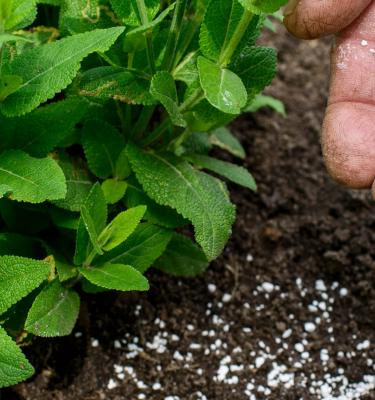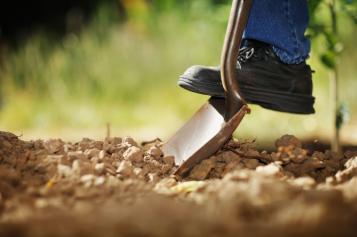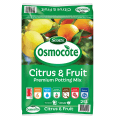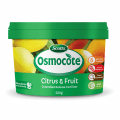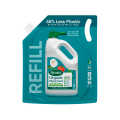Citrus and fuit trees use nutrients they take up from the soil through their roots to grow, flower, and fruit.
Over the growing season, citrus and fruit trees need different nutrients at different rates and times to encourage fruit development, healthy foliage and strong roots.
Understanding what your fruit trees need, and when, is essential for successful cropping.
Let’s look at fruit tree fertilisers and how your fruit trees can benefit from the correct application, including:
- Understanding fertiliser ratios
- What to use and when
- How to apply fertiliser
- The importance of PH
How to keep your citrus trees healthy with citrus fertiliser
Keeping plants healthy is about giving them what they need to grow. Water, light and nutrients are all essential for citrus tree growth.
Nutrients are provided from the soil itself and through the application of fertilisers that are specially formulated to provide citrus trees with the essential elements they need to grow, flower and fruit.
This is done by:
- Adding organic material
- Improving soil pH
- Incorporating more nutrients like Controlled release fertilisers
- Working and turning the soil
Understanding citrus fertiliser NPK ratios
Fertilisers are combinations of essential elements that have been mixed at a specific ratio to encourage plants to grow, flower or fruit.
Fertiliser manufacturers list these ratios on the packets, usually shown as N:P:K or Nitrogen (N), Phosphorus (P) and Potassium (K). These are the macro or major chemical elements that directly impact citrus tree growth and development.
Citrus trees also require micro nutrients and trace elements to maintain optimal health. To see what these are and why they are important to plants, refer to the Fertiliser Components and their Uses table below.
| Macro nutrients | Nitrogen (N) | Helps plants grow and produce foliage. |
| Potassium (K) | Promotes bud and fruit development. | |
| Phosphorus (P) | Stimulates healthy root growth and development. | |
| Micro nutrients | Magnesium (Mg) | Soils can become low in magnesium which results in yellowing leaves. Epsom salts will help to improve the magnesium available to plants and help green up their foliage. |
| Calcium (Ca) | Calcium is important in the soil for root development and cell integrity which helps harvested fruit, like apples, to store well. | |
| Sulphur (S) | Important in the uptake and processing of other nutrients and compounds, and in maintaining optimal plant health. | |
| Other | Trace elements | These include iron, zinc, copper, manganese, boron, molybdenum and chlorine. These have many purposes within plants including cell structure, cell compositions, chlorophyll production, etc. |
Most fertiliser packaging will include a Guaranteed Analysis that lists all major, minor and trace elements included and their relevant percentages or parts per million.
What citrus plant fertiliser to use and when to feed citrus trees
| Type of tree | Type of fertiliser | When to use fertiliser |
|---|---|---|
| On young trees | Use a high Nitrogen ratio to help develop strong growth and a good framework. | Additional application of chicken manure will also be of benefit. |
| On fruit bearing trees | Use high potassium fertilisers to encourage a good harvest. | After harvest, apply high nitrogenous fertilisers until autumn to strengthen growth. |
| Dormant trees | Do not fertilise | Wait until growth starts in late winter and early spring. |
| Other nutrients | Apply trace elements in spring and autumn. | Apply organic material prior to planting and in spring. |
| Additional fertilising | Seaweed solution will improve plant pest and disease resistance. | Liquid fertilisers help to give plants an instant boost as they contain a mix of macro, micro and trace elements. |
How to apply citrus fertiliser
When applying granular fertilisers on your fruit or citrus tree:
- Wet the soil before and after applying fertiliser.
- Apply over the root zone of the fruit tree around the dripline (directly beneath the outer perimeter of the canopy). This is where the feeding roots are found, not in close to the trunk of the tree.
When using Scotts Osmocote® Controlled Release Fertiliser for Citrus & Fruit, read the labels before using to determine how much and how often you should be using them. Some are three month formulations, some six month and one or two will feed for up to 12 months.
The importance of citrus soil pH for citrus trees
The pH of your soil determines the availability of some nutrients.
- Test your pH every three to four years and adjust accordingly - see Healthy Soil = Healthy Plants for more details.
- Ph should be between 5.5 and 7.0 for most fruit trees.
